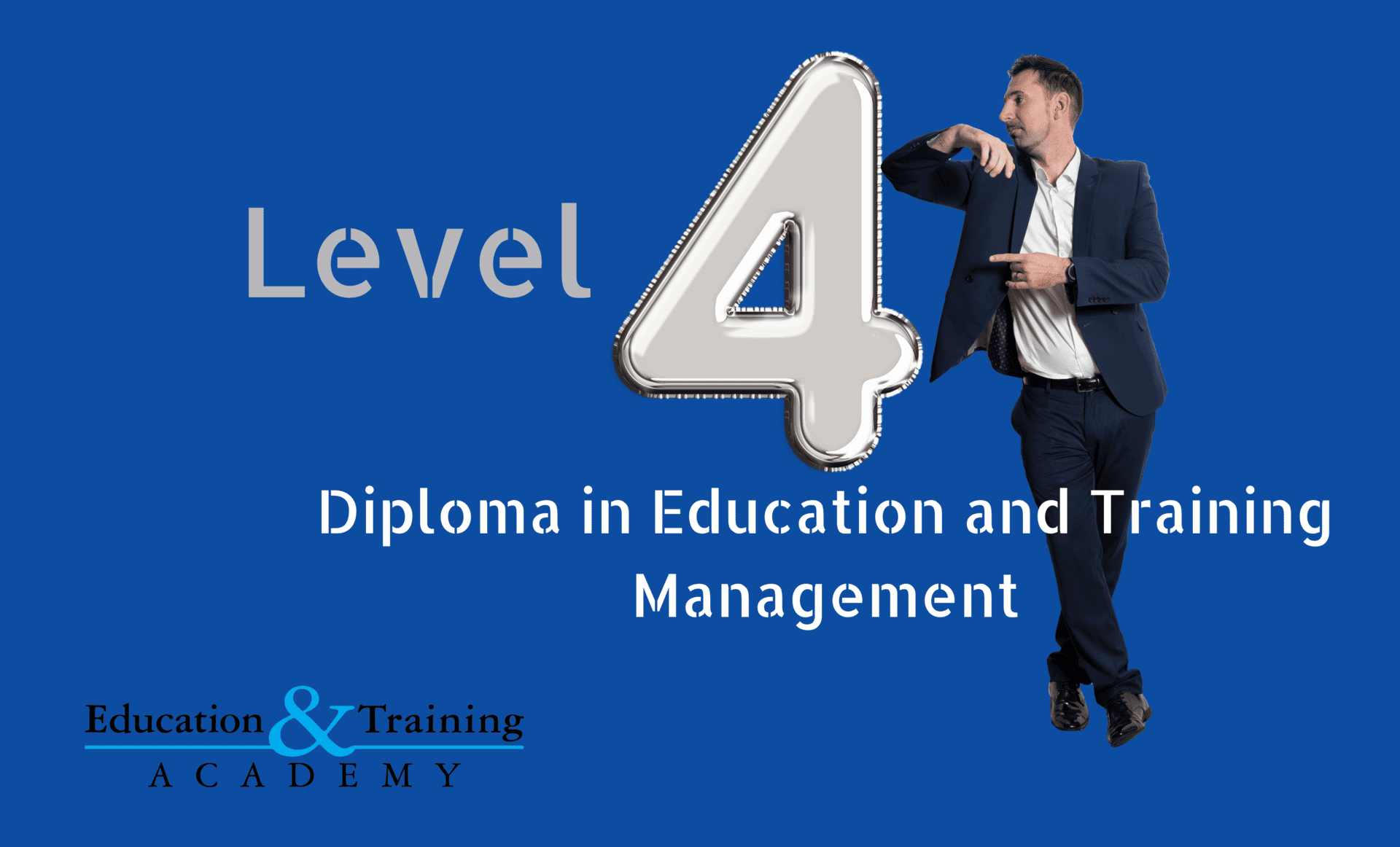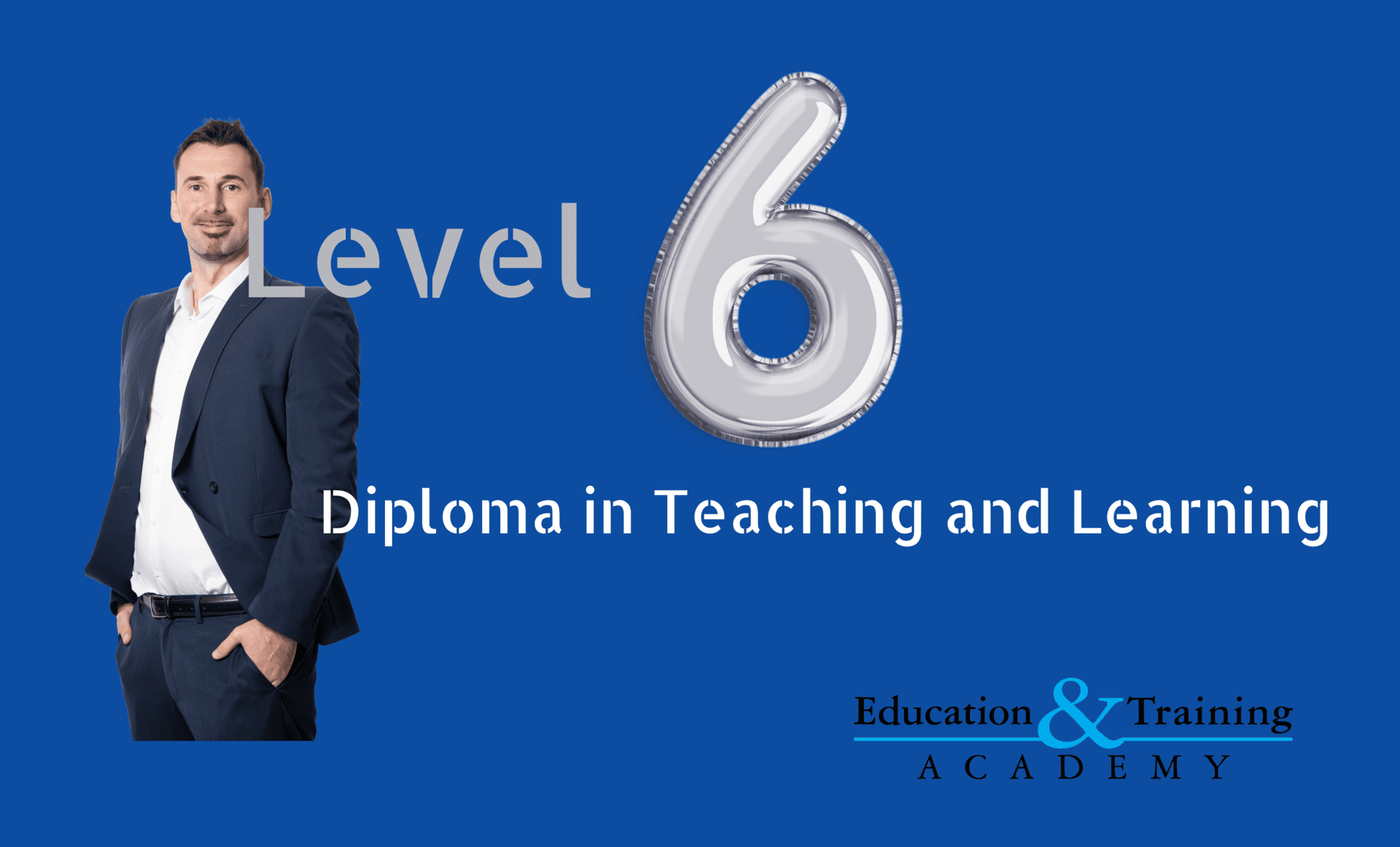
Mastering the Education and Training Cycle: A Guide for the Level 4 and Level 5 Diplomas
The education and training cycle represents a foundational framework, critical in crafting and implementing effective learning programmes, especially within the frameworks of the Level 4 Diploma in Education and Training Management and the Level 5 Diploma in Teaching (FE and Skills) (DiT). This cycle is a holistic approach, ensuring that every step—from identifying learning needs to evaluating outcomes—is meticulously planned and executed. Let’s explore each of these pivotal stages to understand their contribution to the success of education and training initiatives.
Identifying Learning Needs: The Cornerstone of Effective Programmes
At the heart of any successful education and training programme, especially those aligned with the Level 4 Diploma in Education and Training Management and the Level 5 Diploma in Teaching (FE and Skills) (DiT), lies a thorough understanding of the learners' needs. This initial phase is about delving deep into what the learners need to achieve by the end of their educational journey. It’s about bridging skills gaps, tailoring learning experiences to diverse backgrounds, and aligning with organisational goals. Identifying learning needs sets the stage for targeted and relevant education, ensuring that the foundation of the learning experience is as solid as it is insightful.
Planning and Designing Learning: Crafting Engaging and Effective Programmes
Following the identification of learning needs, the next crucial steps for those undertaking the Level 4 Diploma in Education and Training Management and the Level 5 Diploma in Teaching (FE and Skills) (DiT) involve the planning and designing of the learning experience. This stage demands setting clear, achievable objectives, choosing content that resonates with the learners, and selecting teaching methods that will best deliver this content. From traditional classroom settings to cutting-edge online platforms, the method of delivery must be chosen with care, ensuring accessibility and engagement. The success of this phase hinges on its ability to align perfectly with the needs identified earlier, embodying the goals and aspirations of both learners and the organisational ethos.
Delivering Learning: The Art of Engagement and Adaptation
The delivery phase is where the theoretical meets the practical. For those skilled in the Level 4 Diploma in Education and Training Management and the Level 5 Diploma in Teaching (FE and Skills) (DiT), this stage is their time to shine. It’s about bringing the planned content to life through dynamic teaching strategies, engaging learners, and adapting to the varied needs of the audience. This stage is characterised by active learning, where educators are not just instructors but facilitators of a rich learning experience. The delivery method, whether through interactive workshops or e-learning modules, plays a crucial role in keeping learners engaged and motivated.
Evaluating Learning Outcomes: Measuring Success and Fostering Improvement
The final stage of the education and training cycle, critical for both the Level 4 Diploma in Education and Training Management and the Level 5 Diploma in Teaching (FE and Skills) (DiT), focuses on evaluating the impact of the learning programme. This phase is all about measuring whether the learning objectives were achieved and understanding the programme's effect on the learners. Through a variety of evaluation tools—tests, surveys, and observations—this stage offers invaluable insights into the programme’s effectiveness and areas for future improvement. It's a reflective process, ensuring that each cycle of learning is a step towards excellence.
Conclusion
The education and training cycle is a robust framework that ensures the delivery of effective and impactful learning programmes, particularly within the realms of the Level 4 Diploma in Education and Training Management and the Level 5 Diploma in Teaching (FE and Skills) (DiT). By meticulously navigating through each stage—identifying needs, planning and designing learning, delivering content, and evaluating outcomes—educators can craft learning experiences that are not only meaningful but also transformative. This cycle is not just a pathway to educational success; it’s a journey towards creating lasting impacts in the lives of learners and the broader organisational context.


